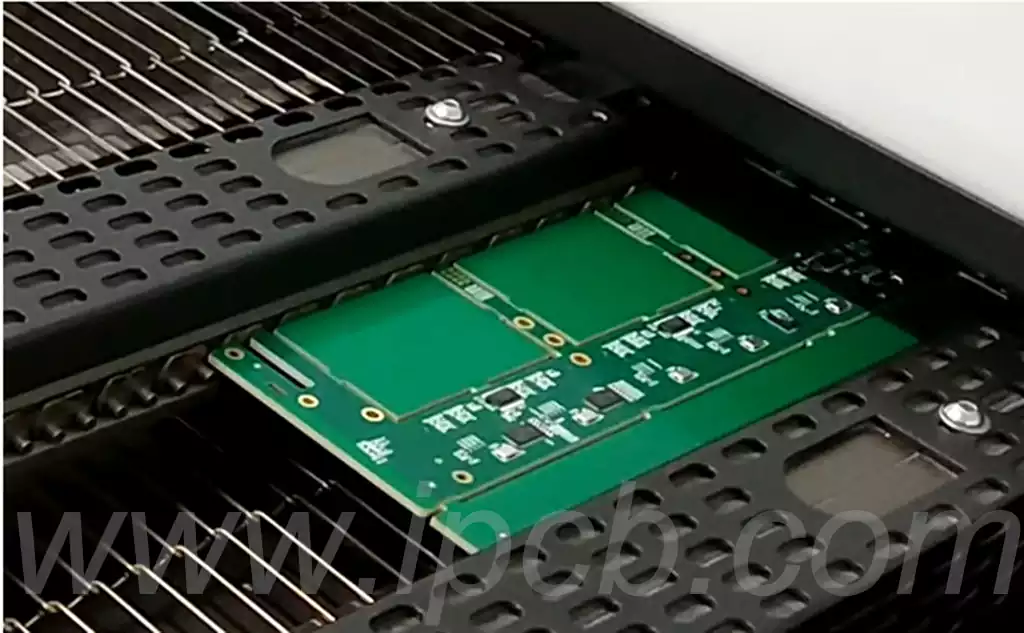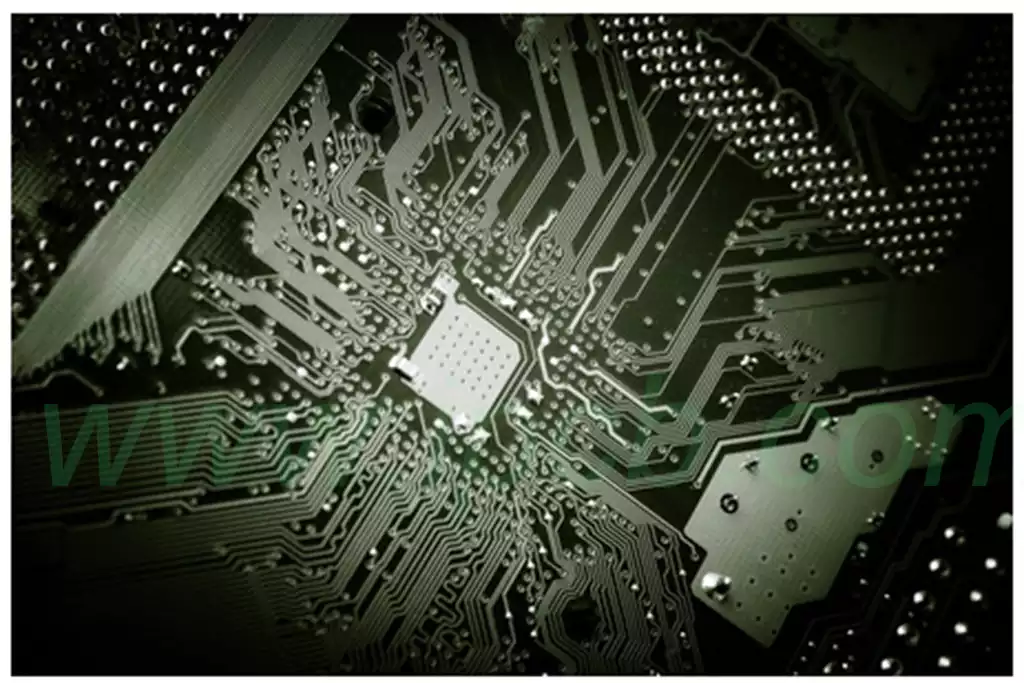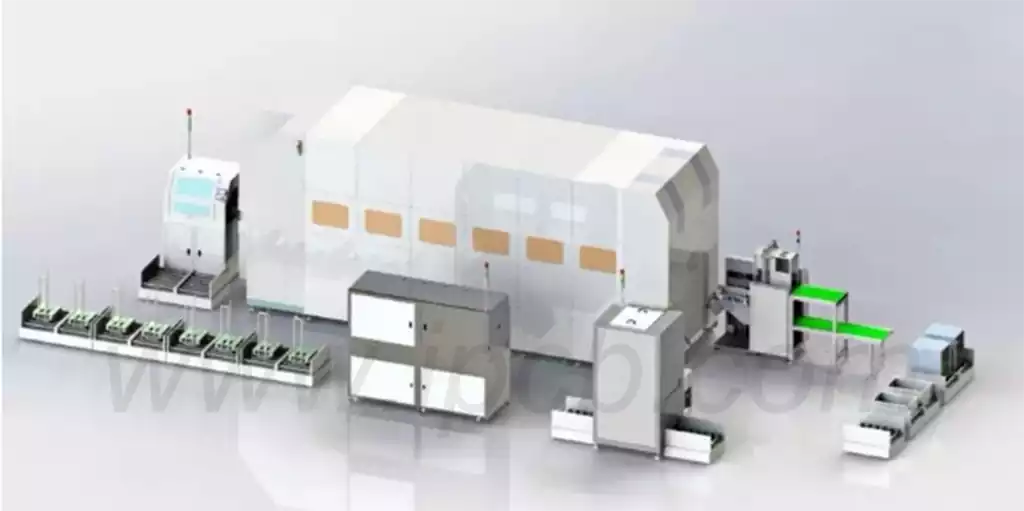What is a chipset? A chipset is a processor that consists of multiple chips. Each chip in a chipset may be produced by a different manufacturer. These individual chipsets are combined together to form a processor using a complex connection system.
Chipset processors can take advantage of the latest chip manufacturing technology to reduce the overall size of the processor, increase processing efficiency and speed, and allow multiple components to be combined to fulfil more complex computing logic.
The chips in a chipset can be those that are time-tested and mature, by which the life cycle of the chip can be improved and the production cost of the processor can be reduced. The manufacturing process for such processors is more complex, but the overall cost is significantly reduced. At the same time, processor manufacturers can expand their product range in a more controllable way.
Chipsets are an indispensable core component of modern electronic devices. Whether it is a smartphone, computer, tablet or other smart device, it is indispensable. It directly affects the performance, power consumption, stability and many other aspects of the device. An excellent chipset can provide more efficient data processing capabilities, lower power consumption, and a more stable system operating environment. Therefore, when choosing an electronic device, the performance and quality of the chipset often become the focus of consumer attention.
The chipset usually consists of two parts, the Northbridge and the Southbridge:
- Northbridge (Upper North):It is responsible for handling the exchange of data between the CPU and the memory, as well as the communication with the graphics processor (GPU). It is usually located near the CPU to provide faster data transfer speed.
- South Bridge (Lower South): It handles other input/output operations other than the CPU, such as data transfer from peripheral devices such as hard drives, USB ports, sound cards, etc.
With the development of technology, modern chipsets have been simplified from multiple chips to one or two chips, and even some functions are integrated into the internal CPU, such a design is known as single-chip chipset or integrated chipset. The performance of the chipset directly affects the performance of the motherboard, which in turn affects the performance of the entire computer system.
Overall, the chipset plays a crucial role in a computer system, as it is the bridge that connects the CPU to the rest of the hardware and ensures that data can be transferred efficiently between the various components. Therefore, when choosing a motherboard, it is very important to understand the type of chipset it carries, which will directly affect the overall performance and expansion capabilities of the computer.

The functions of the chipset mainly include the following aspects
- Data processing and calculation
The central processing unit (CPU) in the chipset is one of the most critical and important components. The CPU is responsible for executing instructions, carrying out data processing and calculating operations. The CPU reads and writes data through the internal controllers and other components with the main memory and other external devices. - Storage Management
The main memory (RAM) in the chipset is used to store temporary data and programme instructions. The chipset provides access and management functions to the main memory through internal controllers and memory channels. - Input and Output
The input/output interfaces in the chipset are responsible for connecting to various external devices such as keyboards, mice, monitors, printers, and so on. The controller in the chipset can process the signals sent by the input devices, as well as send data and commands to the output devices. - Performance optimisation and control
Chipset optimises and controls the hardware through the internal controller and related function modules. It can be clocked and frequency adjusted to suit different usage needs and performance requirements. In addition, the chipset can also monitor and manage power consumption and heat dissipation. - Audio and Video Processing
Chipsets usually also include audio and video processing functions. These functions enable decoding, encoding, processing and output of audio and video data. - Network Connectivity
Modern chipsets also typically include network connectivity features that allow connection to a network either wired or wirelessly. This allows the device to perform Internet access, cloud storage and other operations. - Security Protection
It can also provide security protection features, including protection of the system and encryption of data. Hardware blocks in the chipset can execute a variety of security algorithms and protocols to ensure data security and privacy.
The working principle of the chipset can be briefly summarised as three steps: reception, processing and output. First, it receives input signals from external devices through the interface chip; then, the CPU processes these signals, including executing commands, managing data flow, etc.; finally, the processed results are displayed to the user or sent to other systems through the output device. The whole process requires multiple chips to work together to ensure accurate data transmission and efficient processing.
Chipsets are widely used in various fields, including but not limited to consumer electronics such as smartphones, computers, tablets, game consoles and other consumer products, as well as industrial automation, medical equipment, aerospace and other high-end technology fields. With the advancement of technology, the application scenarios of chipsets are still expanding, for example, in emerging fields such as the Internet of things, smart homes, and drones, it also play a crucial role.



